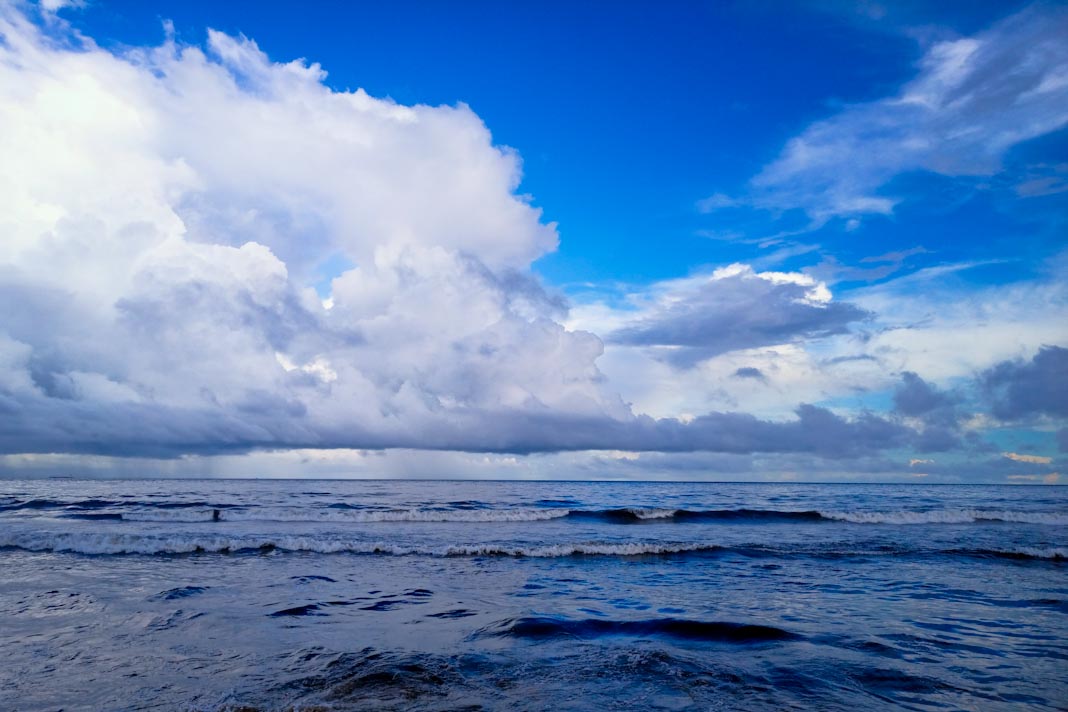Divers have successfully recovered a bell from the HMS Vanguard, a World War One battleship that tragically sank over a century ago in Scapa Flow, Orkney, claiming the lives of 843 of the 845 men aboard. The catastrophic internal explosion on July 9, 1917, made it one of the worst accidental losses in Royal Navy history.
The Catastrophe of HMS Vanguard
The HMS Vanguard, a St Vincent-class dreadnought and a veteran of the Battle of Jutland, was anchored alongside the rest of the Grand Fleet in Scapa Flow on July 9, 1917. At around 11:20 pm, a catastrophic explosion occurred in one of her magazines, causing the ship to blow up and sink in just moments. This event is widely believed to be the biggest accidental loss of life in a single incident in the history of the Royal Navy. Out of the 848 men onboard, only three survived the initial blast, one of whom later succumbed to his injuries, leaving just two ultimate survivors. The cause of the explosion is thought to have been an internal detonation of unstable cordite.
The wreck of HMS Vanguard lies at a depth of 34 meters (110 feet) and is a protected site under the Protection of Military Remains Act (1986) as a Sovereign Immune Wreck, meaning it is a war grave and generally undisturbed.
The Recovery Project and Its Significance
The project to recover the artifacts from HMS Vanguard has been the culmination of three years of meticulous planning, involving collaboration between the Ministry of Defence, Orkney Islands Council (OIC), the National Museum of the Royal Navy (NMRN), and the Scottish government.
Special permission was secured to bring the artifacts to the surface, as they lay outside the wreck’s main exclusion zone. These artifacts include the ship’s bell and a tampion (gun barrel plug). The bell, distorted by the force of the explosion, was found approximately 200 meters (650 feet) from the ship’s main wreck site. Experts believe the tampion is remarkably well-preserved, possibly due to the presence of silt, and is thought to be made from horsehair and leather.
The recovery project came about following extensive survey work conducted by a team of divers led by Emily Turton in the lead-up to the centenary commemorations in 2017. This team spent a total of 500 hours mapping the vast and scattered wreck site.
Emotional Resonance and Historical Preservation
For descendants of the crew, the recovery of these artifacts holds immense emotional significance. Wendy Sadler, whose great-granduncle, Henry Metcalf, was lost in the sinking, is leading a project to find photos of as many of the crew members as possible. She described seeing and touching the bell as an “emotional moment,” reflecting on her relatives who would have seen and heard it ring. “We can’t stop doing things like this – them fading into history – we’ve got to keep their memory alive somehow,” she stated.
Naval historian and culture team leader at Orkney Islands Council, Nick Hewitt, believes the recovered bell will deeply resonate with those who see it, serving as a tangible link to the past. Emily Turton also expressed the emotional aspect of being involved in a project she had dedicated years to, cherishing the discovery of “artifacts that really pertained to the ship, rather than wreckage, along with other personal artifacts.”
Did you subscribe to our Daily newsletter?
It’s Free! Click here to Subscribe!
Source: BBC
















